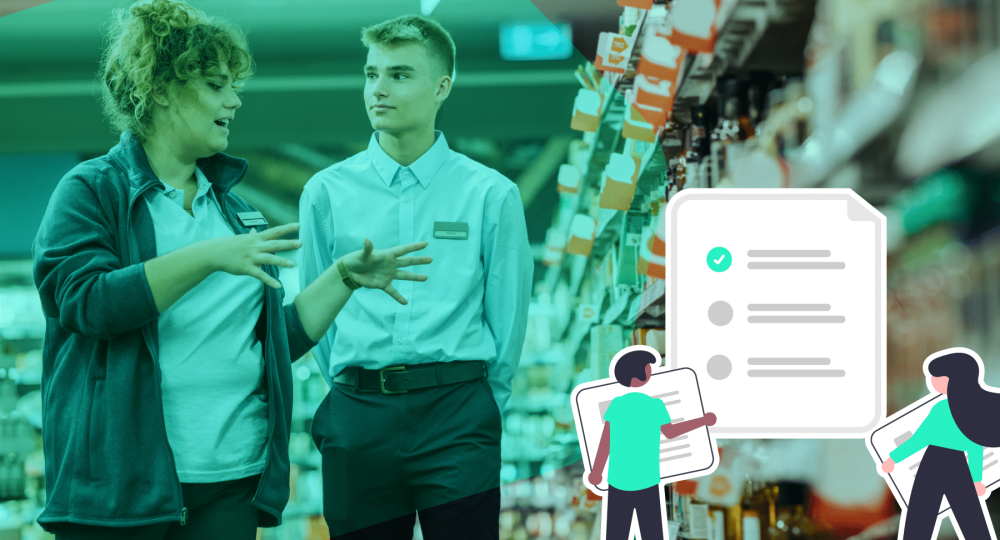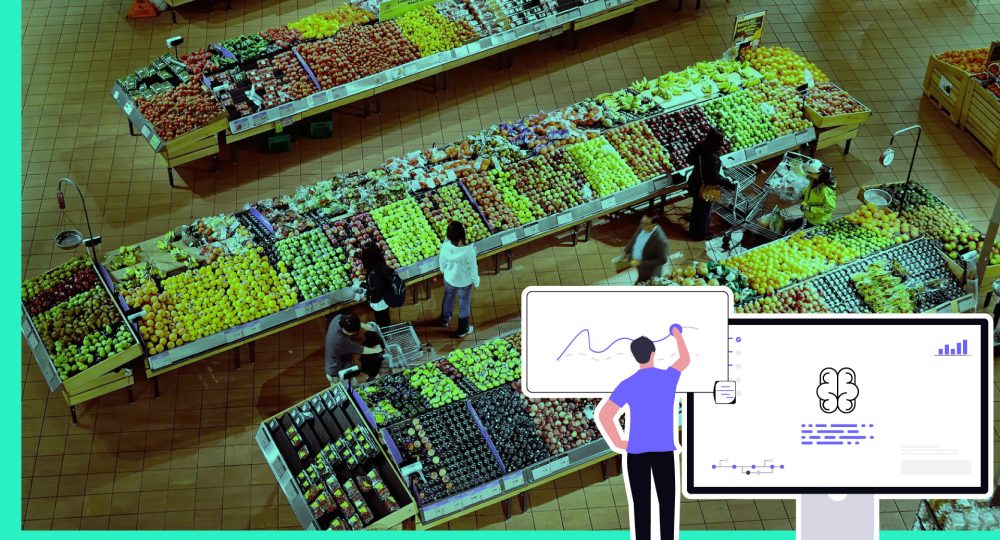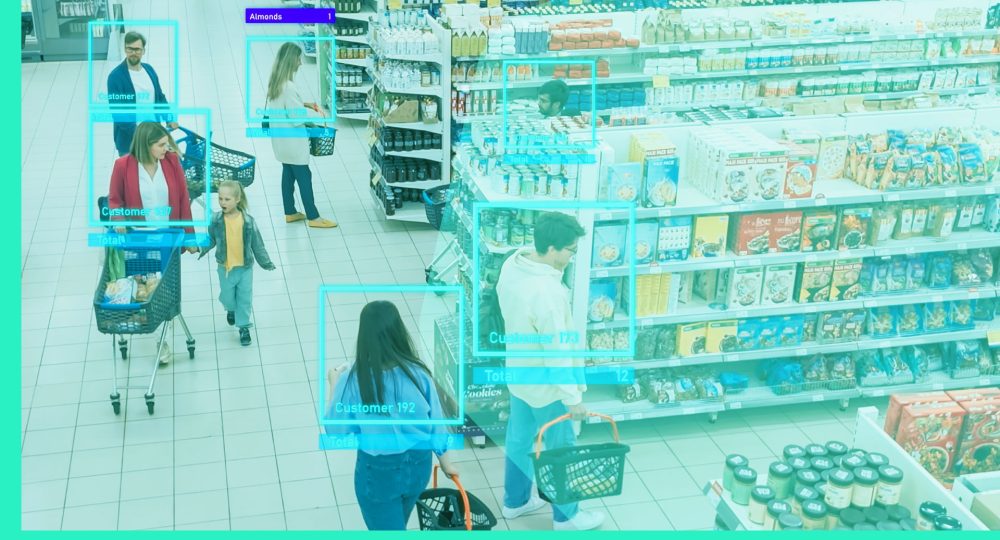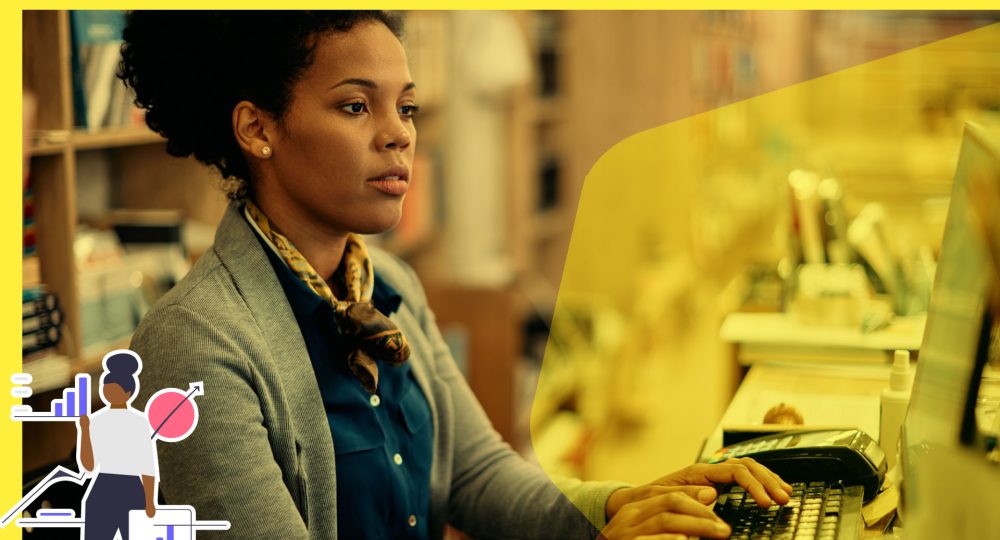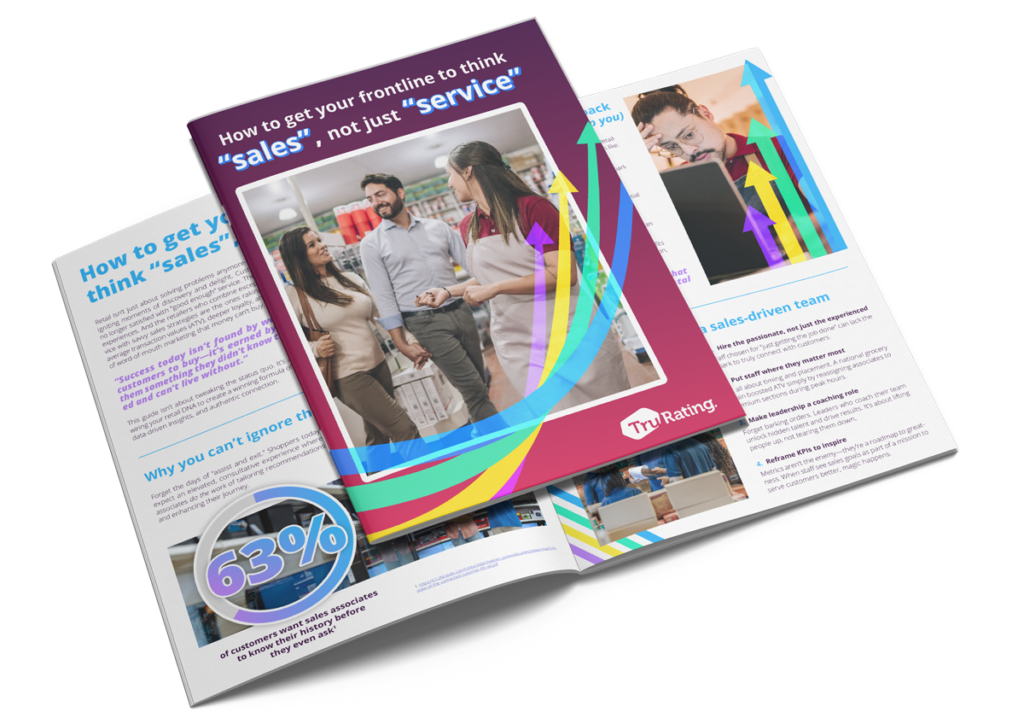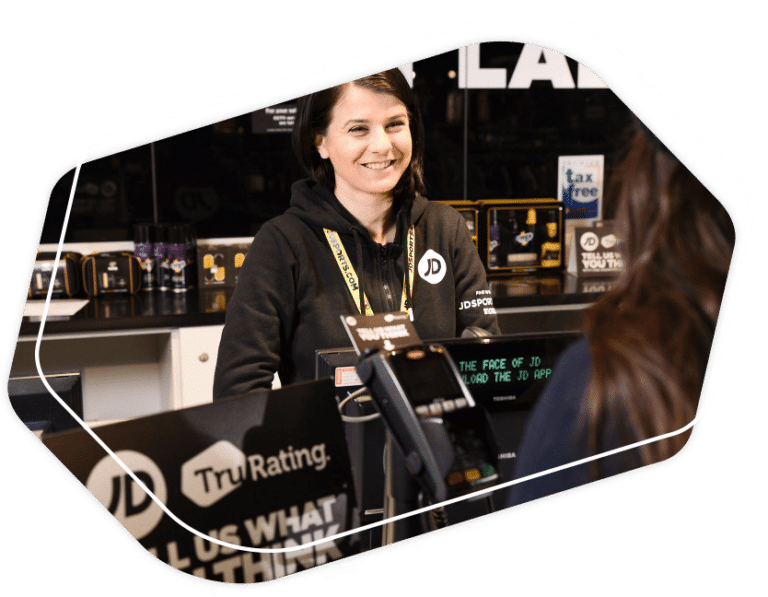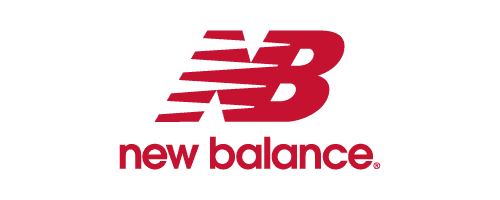
Customer service is no longer just a “soft skill”; it’s one of the most measurable performance levers in retail today. When tracked properly, customer service metrics and KPIs directly influence loyalty, conversion rates, and average transaction value (ATV). Yet many brands still struggle with how to measure customer service performance in a way that links satisfaction to revenue outcomes.
The urgency is clear. According to Forrester’s 2025 Global Customer Experience Index Rankings
, CX quality hit an all-time low in North America, while most brands worldwide showed no improvement. With customer loyalty declining, retailers who fail to track and improve service risk falling behind.
Considering the growing demand for a better customer experience, understanding how to track, analyze, and improve customer service is vital to long-term success. After all, poor service costs businesses worldwide losing an estimated $75 billion due to poor service.
That’s why measuring customer service in retail is essential. By monitoring the right customer service metrics, from CSAT and CES to conversion rate and ATV, retailers can identify service gaps, coach frontline teams, and prove the ROI of customer experience initiatives. Without these insights, decisions are made on guesswork, not data.
In this guide, we’ll explore the most important customer service KPIs for retail, explain how to measure them step by step, and review the best tools for collecting feedback in real time.
Why measuring customer service matters
Customer service is the backbone of customer experience (CX), and in retail, it can be the deciding factor between a completed purchase and a lost customer. Every interaction, from a store associate’s greeting to the speed of checkout, shapes how shoppers perceive your brand. Unlike digital-only environments where support can be automated, in-store customer service performance is delivered in real time, by people, and must be consistently excellent.
That’s why measuring customer service in retail is so important. Without clear customer service metrics and KPIs, retailers are left to rely on anecdotal feedback or lagging sales data that only reveal problems after it’s too late. A low conversion rate, declining ATV, or silent churn may point to deeper service issues that could have been caught earlier if the right measurement system was in place.
When tracked properly, customer service measurement offers tangible business value:
- Proof of loyalty and retention drivers – identify whether high CSAT, NPS, or CES scores correlate with repeat visits and lifetime value.
- Coaching inputs for staff – use behavior-linked feedback to coach teams on the service actions that actually lift ATV and conversion.
- Early warning signals – spot dips in satisfaction before they appear in sales reports, reducing the cost of churn.
- Competitive advantage – delivering consistently better service than competitors makes it easier to win market share and build long-term loyalty.
In short, measuring customer service is not just about understanding satisfaction, it’s about tying customer experience directly to retail performance outcomes. For brands operating in highly competitive markets, it can mean the difference between thriving and merely surviving.
Challenges of measuring customer service
While the benefits are significant, measuring customer service can come with its own set of challenges, including:
- Subjectivity – customer experiences vary widely depending on expectations, making it difficult to standardize feedback.
- In-the-moment reactions – customer opinions can be influenced by specific incidents, meaning one poor interaction may overshadow an otherwise positive experience.
- Data integration – combining and integrating data from different channels can be challenging, especially when offline and digital formats are mixed.
- Real-time feedback – gathering feedback in real-time has traditionally been harder in physical stores compared to online environments.
Customer service metrics
In brick-and-mortar retail, providing excellent customer service is about more than just greeting customers with a smile; it’s about creating a seamless, enjoyable experience from the moment they walk through the door. To measure and improve this experience, you must track key customer service metrics. These metrics offer valuable insights into performance, efficiency, and customer satisfaction. For physical stores, the stakes are even higher, as the personal touch of in-store service can make or break a customer’s loyalty.
Every interaction matters whether it’s how long a customer waits for help or how easily they can find what they’re looking for. Below are the key customer service metrics that you should focus on to ensure you are delivering a top-notch experience.
1. First Response Time (FRT)
In a physical retail environment, First Response Time refers to how quickly a customer is acknowledged or assisted by a store associate. You should strive for minimal delay in acknowledging customers when they enter the store or approach a service counter. A long wait for assistance could lead to frustration, causing the customer to leave without purchasing.
In retail, speed is critical. If you’re slow to respond, especially in busy environments, customers may feel ignored or undervalued, driving them toward competitors.
2. Time to resolution
Time to Resolution is how quickly staff can address and solve customer issues or queries. Whether a customer is asking for product availability, requesting a return, or seeking advice, quick problem-solving is essential to creating a positive in-store experience.
For example, a customer who needs help locating a specific product expects an immediate and accurate response. A fast resolution improves customer satisfaction and encourages them to make additional purchases. You can track time to resolution by monitoring how long associates take to address customer concerns, from initial inquiry to final resolution.
3. Customer Satisfaction Score (CSAT)
The Customer Satisfaction Score (CSAT) remains a key metric for retailers. You can gauge customers’ satisfaction with their in-store experience by asking them to rate their experience immediately after a transaction or interaction. This can be done through in-store kiosks, email receipts, or SMS surveys.
Collecting real-time feedback at the point of sale via a platform like TruRating allows you to gather valuable insights on customer satisfaction with things like the store layout, staff helpfulness, and overall ambience. For instance, customers may be satisfied with the product selection but frustrated by long checkout lines. Tracking CSAT allows you to identify and address these pain points, improving the overall shopping experience.
4. Promoter scores
Promoter scoring is another powerful metric for building long-term customer loyalty. This metric asks a simple but critical question: “How likely are you to recommend our store to a friend or family member?”
Promoter scores can be measured through short exit surveys or follow-up, emails after a customer visit, or using TruRating at the point of sale. A high promoter score means your store fosters customer loyalty, while a low score could indicate service or experience issues that need to be addressed. In brick-and-mortar settings, personal interaction plays a huge role in driving customer loyalty, so it’s crucial to regularly measure and act on this data to enhance in-store experiences.
5. Customer Effort Score (CES)
The Customer Effort Score (CES) measures how easily customers interact with your store. This could involve navigating the store layout, finding a sales associate for help, or making returns at the customer service desk. The less effort a customer has to exert, the better the experience.
For example, if a customer has to search for several minutes to find an associate or navigate a poorly organized store, their CES will be low, indicating frustration. You should aim to simplify every aspect of the in-store experience—whether it’s through better staff placement, clear signage, or intuitive store design. High CES scores correlate with customer loyalty and satisfaction, while low scores point to areas that need improvement.
6. First Contact Resolution (FCR)
First Contact Resolution (FCR) measures how many customer issues are resolved during the first interaction with a store associate, without further assistance. In retail, this could be as simple as helping customers find the product they’re looking for or answering their questions about a return policy.
High FCR rates reflect that your associates are well-trained and capable of handling most customer inquiries or issues. For example, if a customer asks about a product, the associate should be able to provide detailed information or lead them directly to the item. Poor FCR, on the other hand, might indicate the need for better staff training or more accessible product information.
7. Abandonment rate
While abandonment rate is more commonly associated with online shopping carts, it’s also relevant in brick-and-mortar stores. In-store abandonment occurs when customers leave the store without completing their intended purchase. This can happen for several reasons: long checkout lines, lack of available assistance, or difficulty finding products.
Monitoring abandonment rates can be challenging, but technologies like foot traffic analytics and in-store observation can help. By tracking how many customers leave without making a purchase, you can gain insights into potential problem areas—such as long wait times at checkout, confusing store layouts, or insufficient staff coverage during peak times.
8. Conversion rate
Conversion Rate measures the percentage of customers who purchase compared to the total number of customers entering the store. A high conversion rate means your staff and store environment successfully turn visitors into buyers. In contrast, a low rate could indicate inefficiencies in your customer service or store experience.
For example, if foot traffic is high but conversion is low, it might suggest that while customers are interested in your store, they aren’t receiving the assistance or finding the products they need to complete a purchase. Tracking this metric can help identify gaps in service or product availability.
Make sure to check out our Conversion Analysis Guide to enhance your in-store purchases.
9. Average Transaction Value (ATV)
Average Transaction Value (ATV) is the average amount a customer spends per transaction. While this is often considered a sales metric, it’s also closely tied to the effectiveness of your customer service. Higher ATV suggests that associates are successfully cross-selling or upselling products, enhancing the overall shopping experience.
For instance, if a customer comes in for a specific product and leaves with several additional items, it’s a sign that your associates effectively engage with customers and suggest complementary products. Monitoring ATV helps retailers understand how well their customer service strategies contribute to overall sales.
Measuring customer service
Now that we have examined customer service metrics that matter for retail stores, it’s time to explore the tools that help track and measure these important aspects of your business. Gathering feedback and tracking performance in physical retail can be more challenging than in digital settings, but the right tools allow retailers to monitor and improve customer service seamlessly.
Below, we’ll explore some of the most effective customer service measurement tools for brick-and-mortar stores, from in-store kiosks to cutting-edge platforms like TruRating.
1. Point-of-sale (POS) feedback platforms
Point-of-sale (POS) feedback platforms are revolutionizing how physical retailers collect customer service data directly at the checkout counter, with TruRating leading the way in this field. When customers complete their transactions, TruRating asks them to provide feedback through simple, engaging questions displayed on the payment terminal. Questions like, “How would you rate your service today?” or “Was our staff helpful?” enable you to capture immediate impressions, allowing customers to provide insights while their experiences are still fresh.
One of the main advantages of using TruRating’s POS feedback solution is our impressive average response rate of 80%, which significantly enhances the reliability of the feedback collected. This high level of engagement enables you to collect statistically valid data that you can rely on to paint an accurate picture of customer sentiment at the moment of interaction. This immediacy also allows you to identify strengths and weaknesses in service delivery quickly.
TruRating doesn’t just capture immediate feedback, it provides robust analytics and reporting features to track trends over time. This capability allows you to analyze aggregated data, identify peak times for service quality, and assess the performance of individual staff members. For example, if feedback consistently points to lower satisfaction ratings during specific hours, you can use this information to optimize staffing schedules or implement targeted training sessions, thus improving service quality when it matters most.
2. In-store kiosks and tablets
Another popular tool for measuring customer service in retail stores is the use of in-store kiosks or tablets. Placed near the exits or checkout areas, these devices allow customers to provide more detailed feedback. Kiosks give customers the option to rate their experience on various aspects like staff helpfulness, cleanliness, or wait time, and even leave comments if needed. This can be an excellent way to collect more nuanced feedback, particularly for larger retail spaces where multiple factors influence the overall customer experience.
The downside to this method lies in placement and engagement. If the kiosk is positioned too far from the checkout or is not easily accessible, customers may not bother to stop and provide feedback. Additionally, customers who are in a rush might skip it altogether.
3. Automated feedback systems
Automated feedback systems are increasingly becoming a powerful tool for brick-and-mortar stores, allowing them to bridge the gap between in-person interactions and digital customer engagement. One of the most effective ways that retail stores are utilizing these system to measure customer service is through the collection of customer emails at the point of sale, typically to offer digital receipts. This method serves a dual purpose: customers appreciate the convenience of receiving a receipt via email, and it opens the door to continued communication and feedback opportunities.
After obtaining the customer’s email, the CRM system can automatically send a digital satisfaction survey shortly after their visit. These surveys usually inquire about the customer’s in-store experience, staff interactions, product availability, and overall satisfaction. This method is great for gathering detailed feedback without disrupting the customer’s shopping experience. However, the timing of automated feedback can also be a disadvantage. By asking for feedback long after the shopping experience, you may miss out on capturing the immediate emotions of the interaction. Additionally, customers may ignore the feedback requests altogether, leading to a low response rate.
4. Mystery shopper programs
Mystery shopping is one of the more traditional tools for measuring customer service in physical stores. In this method, an independent evaluator visits your store and assesses the quality of service without staff knowing they are being evaluated. Mystery shoppers report on a wide range of service aspects, including staff behavior, product knowledge, and overall store atmosphere. This can provide a retailer with an unbiased, third-party evaluation of their service quality, which is valuable for addressing any blind spots that might not be obvious through other feedback methods.
However, mystery shopper programs come with certain drawbacks. For one, they are typically infrequent, meaning you may only receive feedback a few times a year, which doesn’t capture daily or even weekly fluctuations in customer service quality. Moreover, there’s an element of subjectivity involved, as different mystery shoppers might interpret interactions differently, even if they are trained to follow the same guidelines.
Putting customer service metrics into action
Collecting metrics is only half the battle. The real value comes from turning insights into action:
- Detect risk early. Use real-time CSAT and CES to identify problem stores before sales dip.
- Improve consistency. Benchmark execution across stores and shifts to ensure brand standards are followed.
- Coach smarter. Provide associates with clear, behavior-linked feedback tied to ATV and conversion.
- Prove ROI. Show leadership how service initiatives directly drive financial performance.
That’s where TruRating is different. Instead of relying on delayed, low-response surveys, TruRating captures honest, real-time customer feedback at scale, directly at the point of payment. With a single question per transaction and 80%+ response rates, you get the execution intelligence you need to:
- Increase conversion rates.
- Lift ATV through behavior tracking.
- Improve store consistency.
- Reduce silent churn.
To improve your customer measurement strategy, learn more about our POS feedback platform or schedule a demo with our team today.
Useful resource
- Predictive analytics in retail – examples and strategies
- Retail pricing optimization – strategies, models and examples
- Business intelligence in the retail industry – strategies and trends
- Retail metrics – 27 key metrics for your business
- Customer insight analysis – strategies and techniques
FAQs on measuring customer service
What are the best customer service metrics?
The most important include CSAT, CES and promoter scores. Ultimatley though, the most important customer service metrics are the financial metrics that they impact including ATV, conversion and loyalty.
How do you measure customer service performance?
Use a mix of experience data and operational data captured in real time.
What tools measure customer service effectively?
POS feedback platforms are most effective, as they capture feedback in the moment at scale.
Why is measuring customer service important?
Because service directly impacts loyalty, spend, and conversion. Without measurement, retailers miss early warning signs of churn.


